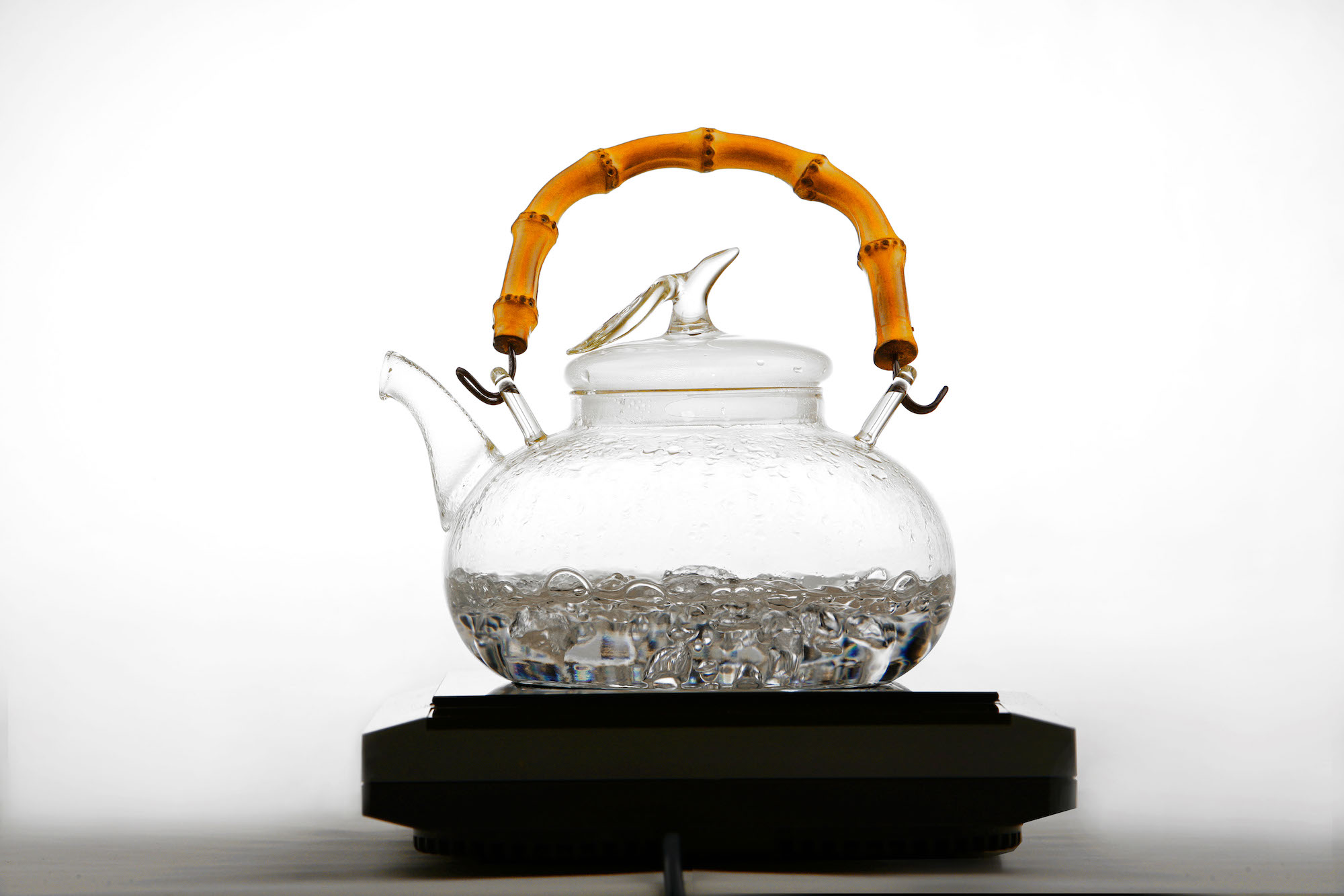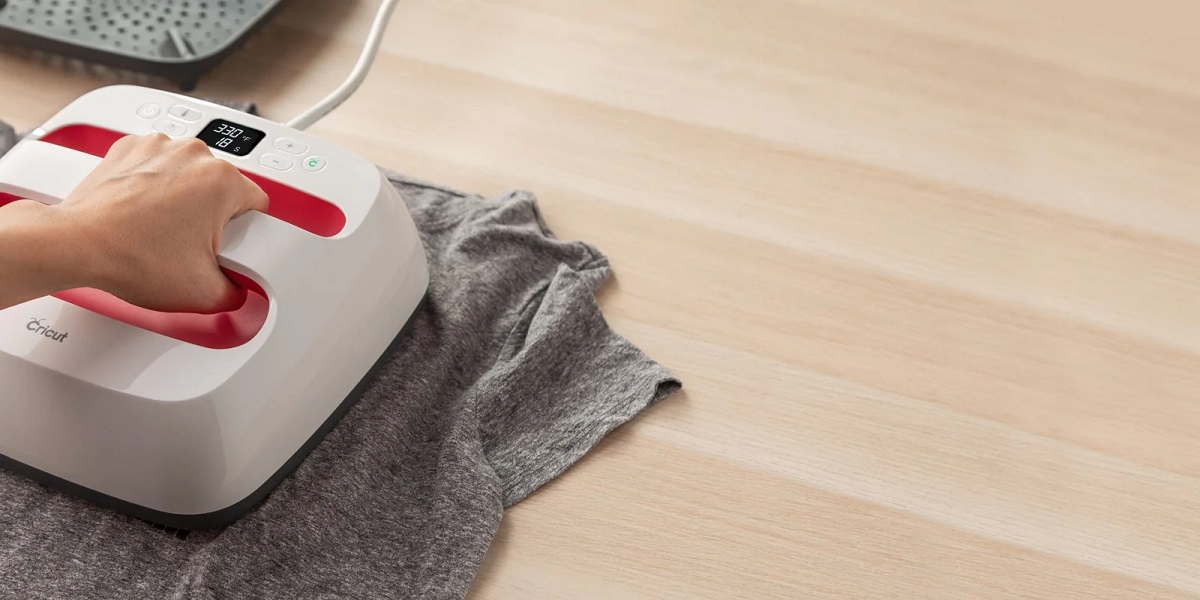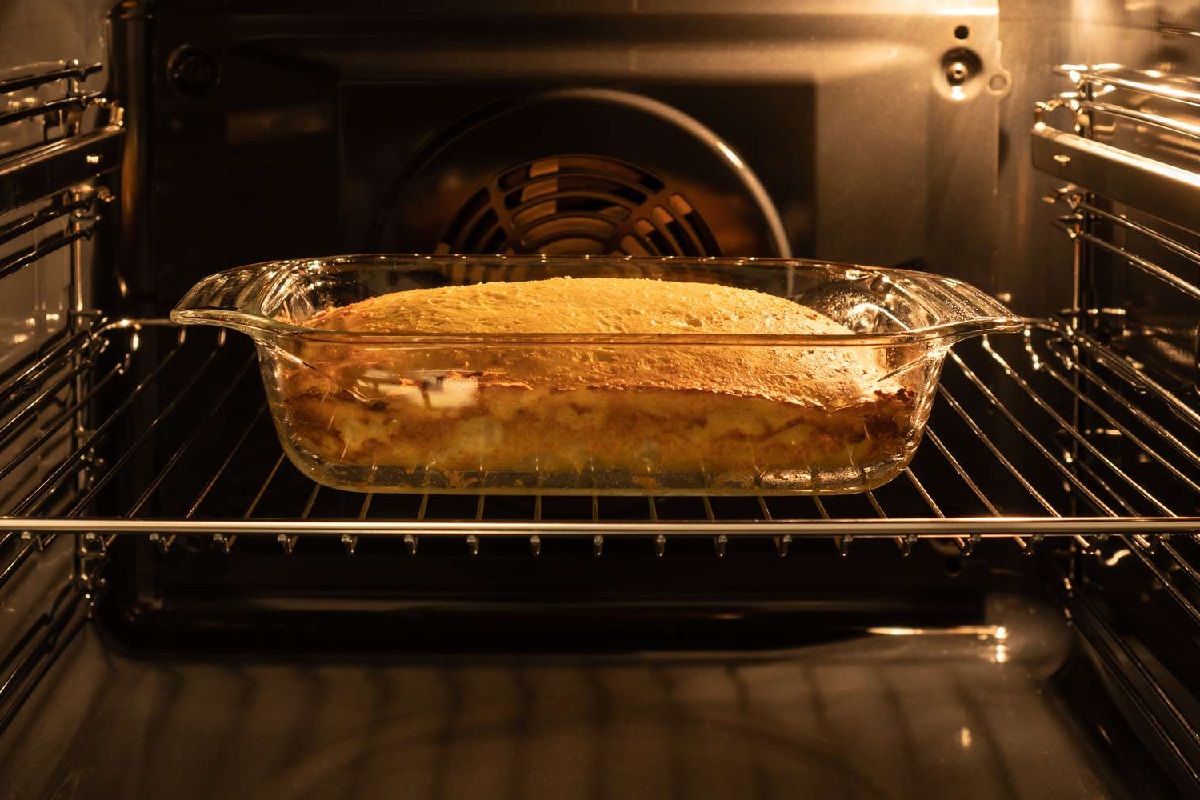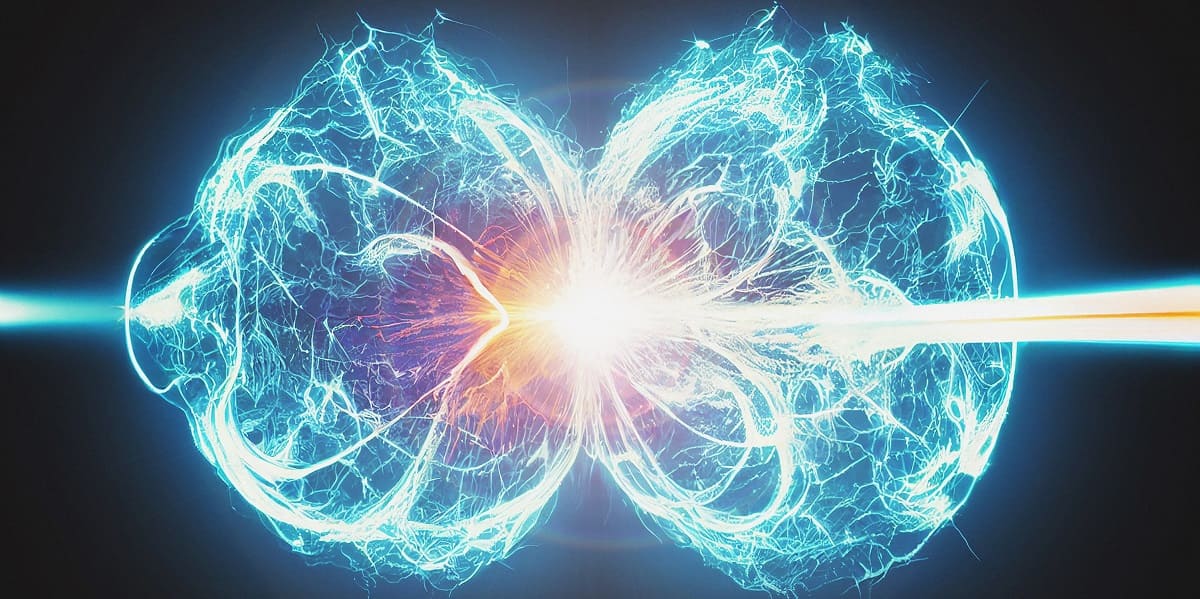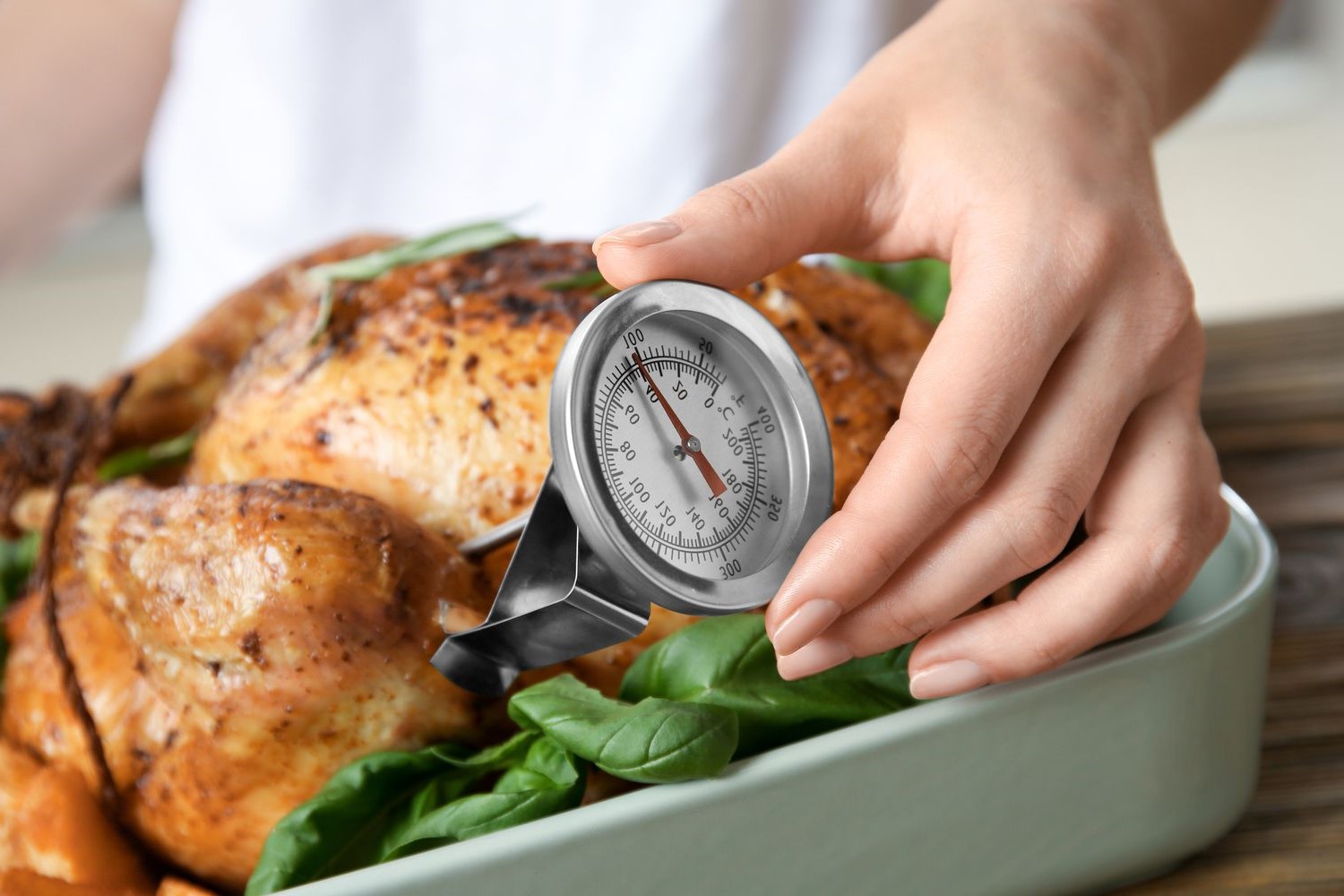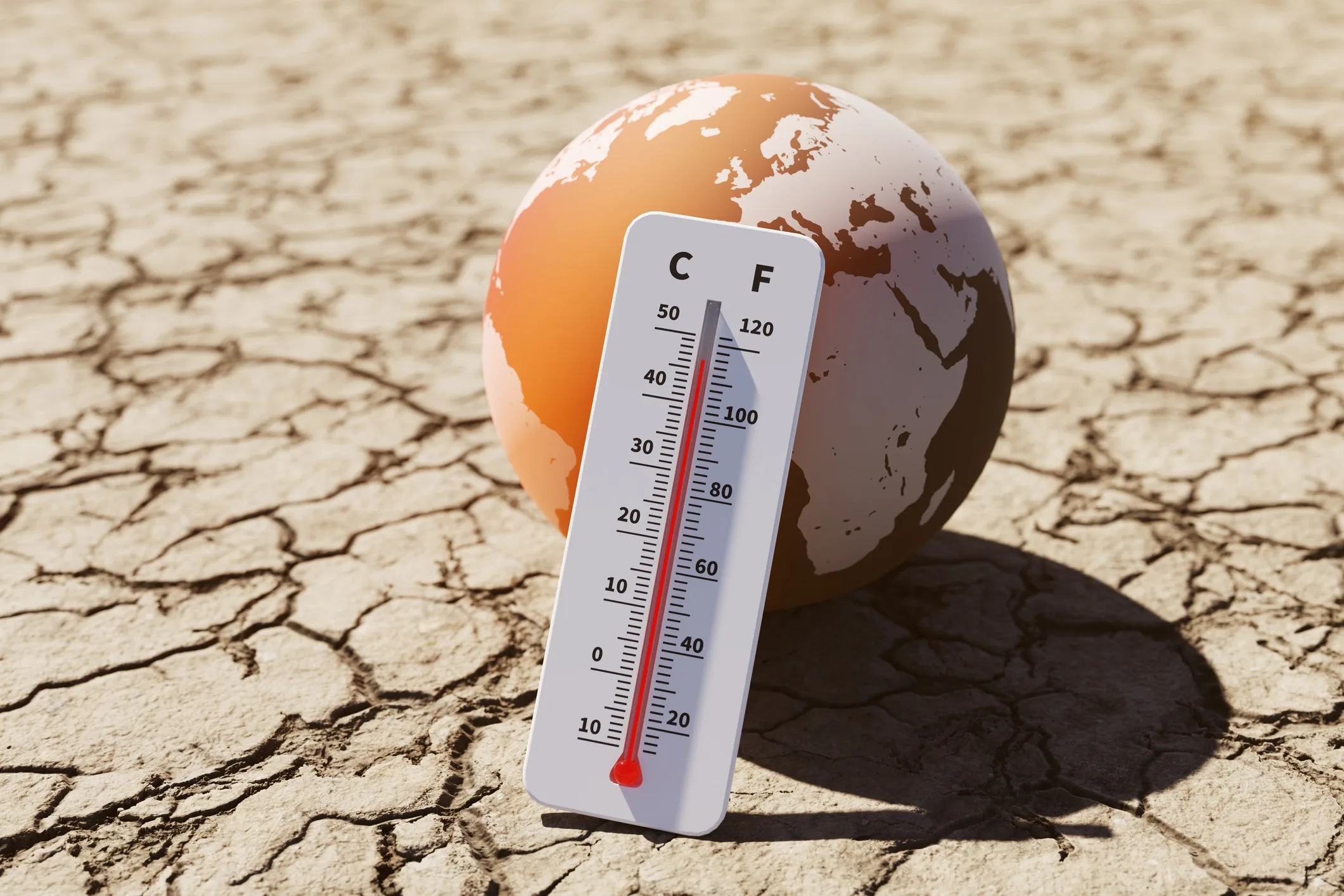Home>Culinary & Beverages>Electric Oven Temperature Guide: A Comprehensive Resource For Understanding And Adjusting Electric Oven Temperatures
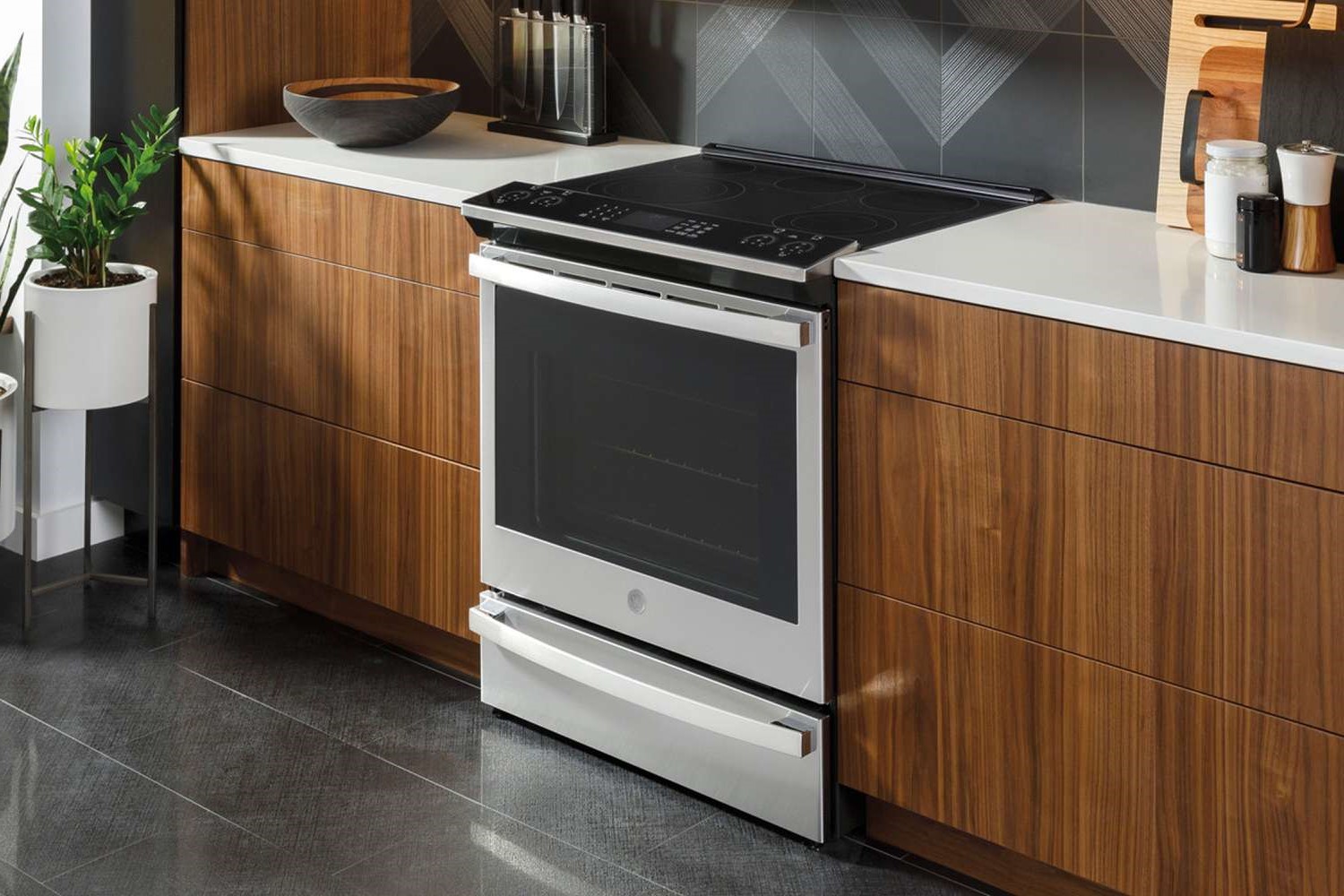

Culinary & Beverages
Electric Oven Temperature Guide: A Comprehensive Resource For Understanding And Adjusting Electric Oven Temperatures
Published: March 3, 2024
Discover the ultimate electric oven temperature guide for culinary & beverages. Learn how to understand and adjust electric oven temperatures effectively.
(Many of the links in this article redirect to a specific reviewed product. Your purchase of these products through affiliate links helps to generate commission for Temperatures.com, at no extra cost. Learn more)
Table of Contents
Understanding Electric Oven Temperatures
Electric ovens are essential appliances in modern kitchens, providing a convenient and efficient way to cook a wide variety of dishes. Understanding electric oven temperatures is crucial for achieving culinary success and ensuring that your recipes turn out as intended. Whether you're a novice cook or a seasoned chef, grasping the nuances of electric oven temperatures can significantly elevate your culinary prowess.
When it comes to electric ovens, temperature accuracy is paramount. Unlike gas ovens, which can experience fluctuations in temperature, electric ovens typically offer more precise and consistent heat distribution. This reliability makes them a popular choice for baking, roasting, and broiling.
Most electric ovens feature a temperature range of 200°F to 550°F (93°C to 288°C), allowing for versatile cooking options. Understanding the temperature settings and their corresponding effects on different types of food is crucial for achieving the desired results. For instance, lower temperatures are ideal for slow roasting meats, while higher temperatures are suitable for achieving a crispy crust on bread or pizza.
It's important to note that the indicated temperature on the oven's control panel may not always reflect the actual temperature inside the oven. Variations can occur due to factors such as altitude, humidity, and the oven's age and condition. Therefore, using an oven thermometer to calibrate and verify the internal temperature is recommended for precision in cooking.
Furthermore, understanding the concepts of preheating and temperature recovery is essential for successful cooking. Preheating the oven ensures that the cooking chamber reaches the desired temperature before placing the food inside, promoting even cooking and consistent results. Temperature recovery refers to the oven's ability to return to the set temperature after the door has been opened, which is crucial for maintaining the cooking process.
In summary, comprehending electric oven temperatures involves recognizing the appliance's temperature range, understanding the impact of temperature settings on various foods, and acknowledging the importance of precision and consistency in cooking. By mastering these fundamental aspects, you can harness the full potential of your electric oven and elevate your culinary endeavors to new heights.
Factors Affecting Electric Oven Temperatures
Understanding the factors that influence electric oven temperatures is essential for achieving precise and consistent cooking results. Several variables can impact the performance of an electric oven, ultimately affecting its ability to maintain the desired temperature. By familiarizing yourself with these factors, you can optimize your cooking experience and ensure that your culinary creations turn out perfectly every time.
-
Calibration and Maintenance: Proper calibration and regular maintenance are critical for ensuring the accuracy of an electric oven's temperature. Over time, the oven's thermostat may become less reliable, leading to temperature discrepancies. Routine calibration and maintenance procedures, such as adjusting the thermostat or replacing faulty components, can help restore the oven's temperature accuracy.
-
Positioning of Racks: The placement of the cooking racks inside the oven can impact temperature distribution. Placing food too close to the heating elements or too far away can result in uneven cooking. Understanding the optimal rack positions for different cooking methods, such as placing the rack in the center for even baking or closer to the broiler for quick browning, is essential for achieving consistent results.
-
Insulation and Seals: The quality of the oven's insulation and door seals plays a significant role in temperature retention. Damaged or worn seals can allow heat to escape, leading to temperature fluctuations and longer preheating times. Ensuring that the oven's insulation and seals are intact can help maintain a stable cooking environment and improve energy efficiency.
-
External Factors: External elements, such as ambient room temperature and humidity levels, can impact an electric oven's performance. Cooking in a hot kitchen or during humid weather may require adjustments to the cooking time or temperature settings to compensate for these external influences. Additionally, the altitude of the cooking location can affect the boiling point of water, potentially altering cooking times and temperatures.
-
Cookware and Utensils: The type and quality of cookware used in an electric oven can influence temperature distribution and cooking outcomes. Dark-colored or non-stick pans absorb more heat, while glass or ceramic dishes may require adjustments to cooking times and temperatures. Understanding the heat conductivity and characteristics of different cookware materials is essential for optimizing cooking results.
By considering these factors and implementing appropriate adjustments, you can effectively manage and optimize electric oven temperatures, leading to consistent and exceptional cooking outcomes. Understanding the nuances of electric oven performance empowers you to overcome potential challenges and elevate your culinary skills to new heights.
How to Adjust Electric Oven Temperatures
Adjusting electric oven temperatures is a crucial skill that empowers cooks to achieve precise and consistent results in their culinary endeavors. Whether you're facing temperature discrepancies or seeking to fine-tune your cooking techniques, understanding how to adjust electric oven temperatures is essential for mastering the art of cooking. Here's a comprehensive guide to effectively adjusting electric oven temperatures:
1. Calibration and Verification
Begin by calibrating your oven to ensure its temperature accuracy. Use an oven thermometer to compare the displayed temperature on the control panel with the actual internal temperature. If discrepancies are detected, follow the manufacturer's instructions to adjust the thermostat to align with the correct temperature. Regular verification using an oven thermometer is recommended to maintain accuracy.
2. Preheating and Monitoring
Preheat the oven for the specified duration before placing food inside. This allows the cooking chamber to reach the desired temperature, promoting even cooking. Throughout the cooking process, monitor the oven temperature using an oven thermometer to ensure it remains consistent. Adjust the temperature settings as needed to maintain the desired cooking environment.
3. Rack Positioning
Understanding the optimal rack positions for different cooking methods is essential for achieving consistent results. For example, placing the rack in the center is ideal for even baking, while positioning it closer to the broiler is suitable for quick browning. Adjust the rack position based on the specific requirements of your recipe to optimize heat distribution.
4. Cookware Selection
The type of cookware used can impact temperature distribution and cooking outcomes. Dark-colored or non-stick pans absorb more heat, while glass or ceramic dishes may require adjustments to cooking times and temperatures. Select the appropriate cookware for your recipe and consider its heat conductivity to achieve the desired results.
5. Temperature Offset
Some modern electric ovens offer a temperature offset feature, allowing users to adjust the displayed temperature to align with the actual internal temperature. Refer to the oven's manual to determine if this feature is available and utilize it to compensate for any discrepancies in temperature readings.
By mastering these techniques and implementing adjustments as needed, you can effectively manage and optimize electric oven temperatures, leading to consistent and exceptional cooking outcomes. Understanding how to adjust electric oven temperatures empowers cooks to overcome potential challenges and elevate their culinary skills to new heights.
Tips for Using an Electric Oven
Mastering the art of using an electric oven involves more than just setting the temperature and placing food inside. To unleash the full potential of this versatile appliance and achieve exceptional cooking results, consider the following tips:
-
Preheating Precision: Always preheat the oven to the specified temperature before introducing your culinary creations. This crucial step ensures that the cooking chamber reaches the ideal temperature for consistent and even cooking. Additionally, allowing the oven to preheat adequately can contribute to achieving the desired texture and flavor in your dishes.
-
Rack Placement: Understanding the optimal rack positions for different cooking methods is essential. For baking and roasting, positioning the rack in the center of the oven promotes even heat distribution. When broiling, placing the rack closer to the heating element can facilitate efficient browning and caramelization. Adjust the rack position based on the specific requirements of your recipe to optimize cooking outcomes.
-
Use of Oven Thermometer: While modern electric ovens are designed to provide accurate temperature control, using an oven thermometer can offer an extra layer of precision. Verifying the internal temperature with an oven thermometer ensures that your recipes are cooked at the intended heat levels, leading to consistent and reliable results.
-
Avoiding Temperature Fluctuations: Minimize the frequency of opening the oven door during the cooking process to prevent rapid temperature fluctuations. Each time the door is opened, heat escapes, and the oven needs time to recover the lost temperature. Monitoring the cooking progress through the oven window, when available, can help reduce the need for frequent door openings.
-
Proper Cookware Selection: Selecting the right cookware can significantly impact cooking outcomes. Consider the material and color of your bakeware and cookware, as they can influence heat absorption and distribution. Dark-colored pans tend to absorb more heat, while glass or ceramic dishes may require adjustments to cooking times and temperatures. Understanding the characteristics of different cookware materials empowers you to make informed choices for optimal results.
-
Regular Maintenance: Keep your electric oven in top condition by adhering to a regular maintenance schedule. Clean the interior and exterior surfaces, replace worn-out seals, and ensure that the oven's insulation is intact. Routine maintenance not only prolongs the appliance's lifespan but also contributes to consistent performance and energy efficiency.
By incorporating these tips into your culinary routine, you can harness the full potential of your electric oven and elevate your cooking endeavors to new heights. Embracing precision, thoughtful preparation, and a keen understanding of your appliance will undoubtedly enhance your culinary creations and delight the palates of those who gather around your table.
Common Issues with Electric Oven Temperatures
Electric ovens, while reliable and efficient, can sometimes present common issues related to temperature control and consistency. Understanding these challenges is essential for troubleshooting and optimizing the performance of your appliance. Here are some prevalent issues that users may encounter when dealing with electric oven temperatures:
-
Inaccurate Temperature Settings: One of the most common issues is the disparity between the displayed temperature on the oven's control panel and the actual internal temperature. This can lead to undercooking or overcooking of food, resulting in subpar culinary outcomes. Regular calibration using an oven thermometer is crucial for verifying and adjusting the oven's temperature settings to align with the desired levels.
-
Uneven Heat Distribution: Some electric ovens may exhibit uneven heat distribution, causing certain areas within the cooking chamber to be hotter or cooler than others. This can lead to inconsistent cooking results, with some portions of the food being undercooked while others are overdone. Understanding the optimal rack positions and utilizing techniques such as rotating the pans during baking can help mitigate this issue.
-
Slow Preheating: A sluggish preheating process can impede the cooking timeline and delay the start of meal preparation. This issue may stem from factors such as a malfunctioning heating element or inadequate insulation. Regular maintenance and inspection of the oven's components can help identify and address preheating inefficiencies.
-
Temperature Fluctuations: Electric ovens should maintain a consistent temperature throughout the cooking process. However, fluctuations in temperature can occur due to factors such as a faulty thermostat, worn-out door seals, or frequent door openings. Minimizing the frequency of door openings and ensuring that the oven's seals are intact can help stabilize the internal temperature.
-
Delayed Temperature Recovery: After the oven door is opened for inspection or food placement, it should promptly return to the set temperature. However, some ovens may exhibit delayed temperature recovery, prolonging the overall cooking time and potentially affecting the texture and quality of the food. Addressing this issue may involve assessing the oven's insulation and verifying the functionality of the temperature control system.
By recognizing these common issues and implementing appropriate measures to address them, users can optimize the performance of their electric ovens and enjoy consistent and reliable cooking outcomes. Regular maintenance, calibration, and attentive cooking practices are key to overcoming these challenges and harnessing the full potential of this indispensable kitchen appliance.
Conclusion
In conclusion, understanding and effectively managing electric oven temperatures are fundamental aspects of achieving culinary excellence. By delving into the nuances of electric oven temperatures, cooks can unlock the full potential of this indispensable kitchen appliance and elevate their cooking endeavors to new heights.
Throughout this comprehensive guide, we've explored the intricacies of electric oven temperatures, including the factors that influence temperature accuracy, the art of adjusting temperatures for optimal cooking results, and essential tips for utilizing electric ovens to their fullest potential. From calibration and maintenance to precision preheating and thoughtful cookware selection, each aspect contributes to the mastery of electric oven temperatures.
It's clear that the precision and consistency offered by electric ovens make them invaluable tools for a wide range of cooking techniques, from delicate baking to high-heat broiling. By understanding the impact of temperature settings on different types of food and recognizing the importance of precision and consistency in cooking, individuals can harness the full potential of their electric ovens.
Furthermore, being aware of common issues related to electric oven temperatures empowers users to troubleshoot and optimize their appliance's performance, ensuring reliable and consistent cooking outcomes.
In essence, the journey to mastering electric oven temperatures is a blend of science, art, and meticulous attention to detail. By embracing the knowledge and techniques shared in this guide, cooks can embark on a culinary adventure filled with delectable creations and memorable dining experiences.
As we conclude this exploration of electric oven temperatures, it's evident that the mastery of this essential culinary element opens the door to a world of gastronomic possibilities. With precision, creativity, and a deep understanding of electric oven temperatures, culinary enthusiasts can embark on a journey of culinary mastery, delighting themselves and their guests with exceptional dishes crafted with precision and care.





